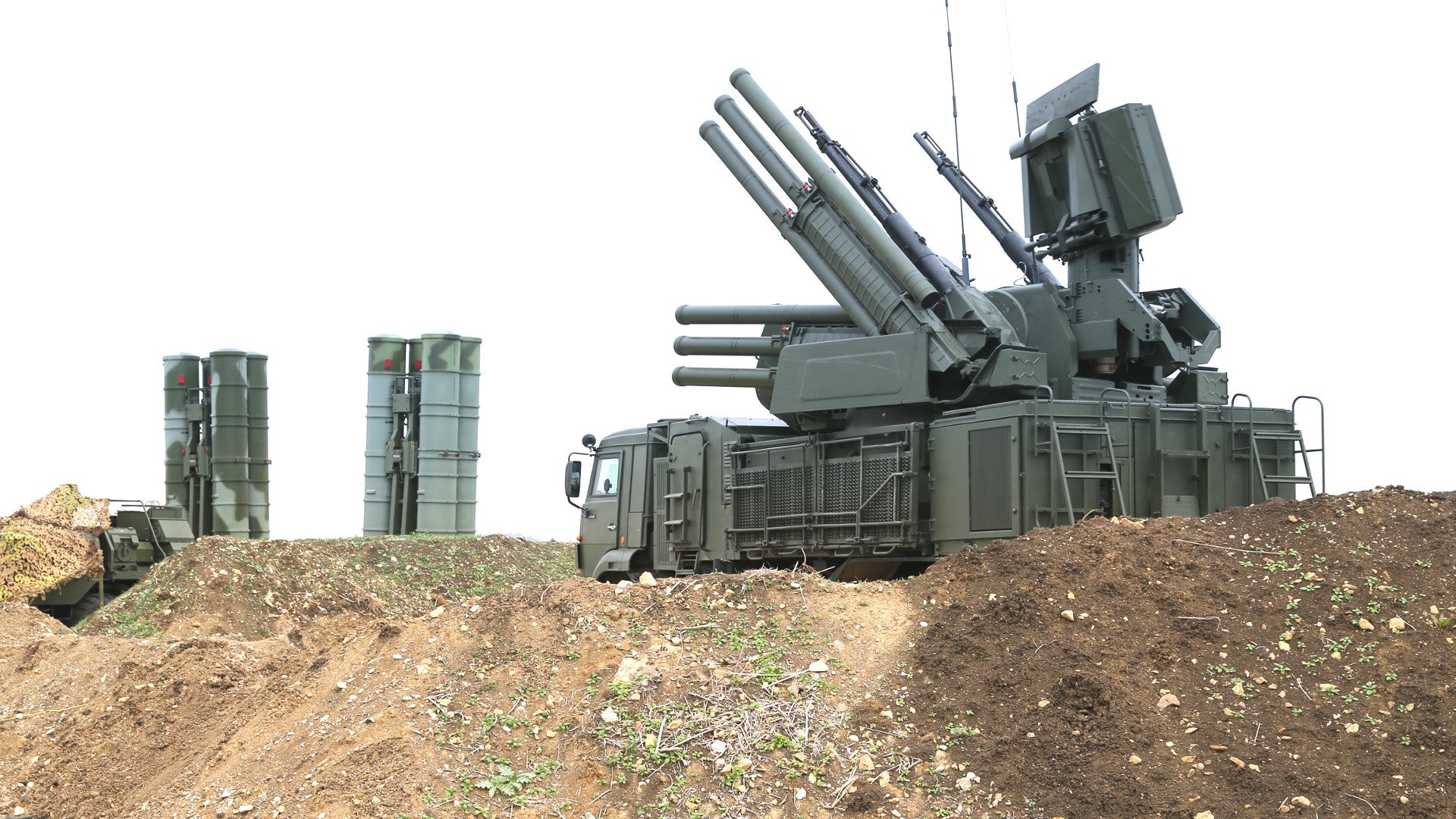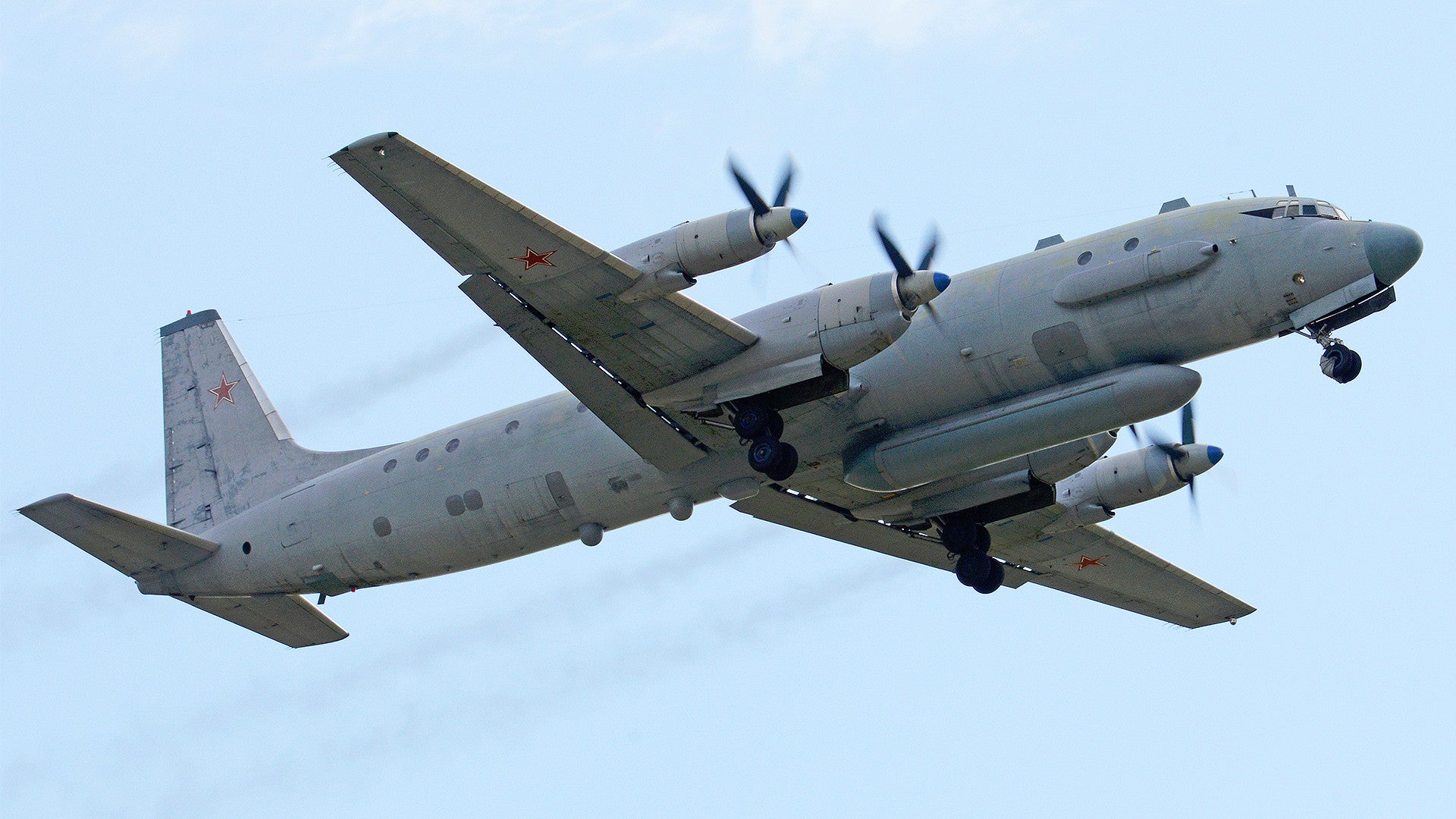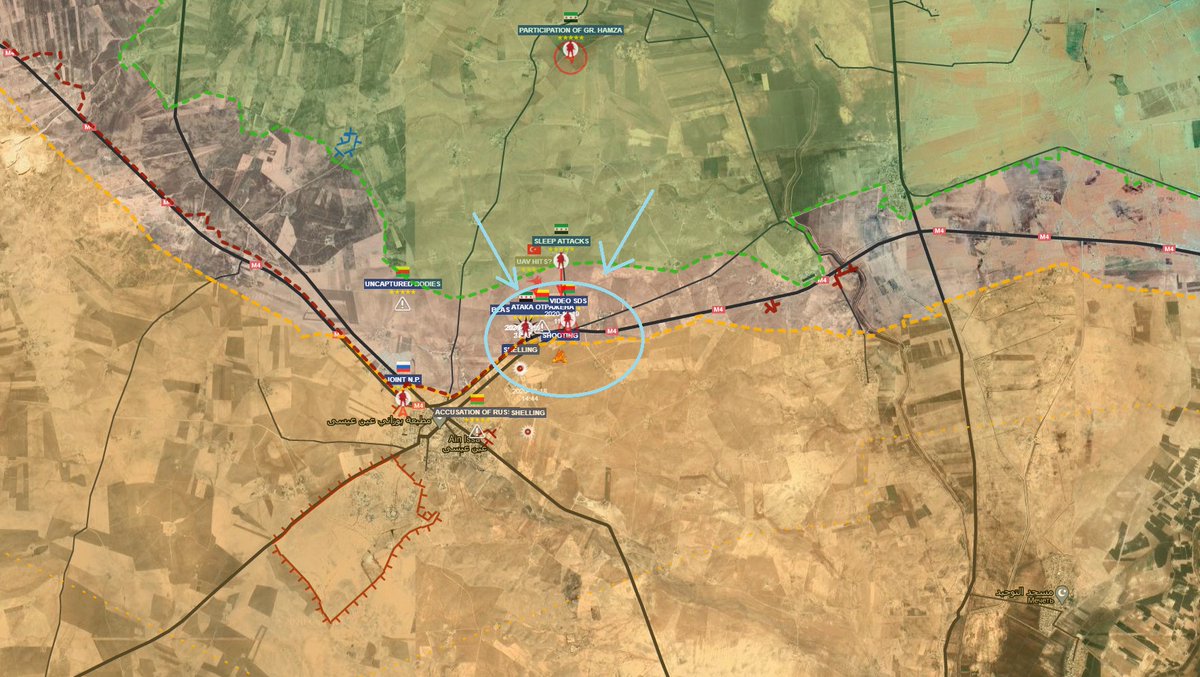Again I'm unsure what advantage it provides over a tracked Pantsyr. The Pantsyr can also be fully passive, and can definitely datalink with other systems. If the 57mm gun is such a must, why not produce a Land Forces Pantsyr-SV with a 57mm gun? Or merge the Derivatsiya with the Sosna if an all-IR system is that important?
In an ideal world, we'd have the known and tested digital architecture and components of the Pantsir utilized for a fully passive system to serve as a low tier tactical ADS.
But a lot of Russia's current acquisition policies are not exactly logic-driven. At least in the ground forces where you naturally have more main contractors.
It gets interesting. According to the summary you provided, the pro-Assad media agrees most closely with the ISI. But even the anti-Assad SOHR is missing the destroyed aircraft. This not so much highlights a pro-Assad bias in the media as much as it showcases the inherent unreliability of the reports in question. This has been my experience as well, which is why I prefer either photographic evidence, or confirmation from both sides, before definitively stating something.
And the only ones willing to provide photographic evidence for anything, are ISI, an Israeli company.
In this example, as in the last, the highly anti-Assad SOHR doesn't agree with the coalition version, and even cites large numbers of missile interce
I'm not going to give SOHR any shred of reliability. Their info collection is purely OSINT. I only added them for the extra perspective.
Before I proceed, ISI is a civilian satellite company that provides advanced solutions to different sectors like agriculture where analysis of long term aerial photographic data is useful.
As Israel doesn't admit it conducts strikes, it needs a 3rd party to provide footage that gives the psychological effect to these strikes, an important factor in the age of information. So back to where I was.
My point was that often Russia and Syria make seemingly arbitary claims independently, which explains why they're sometimes so different.
The only ones that provide visual evidence are Israel and occasionally the US when it conducts strikes.
Of course, a lot of the actions between all these state actors are the dynamics between states, who feel no need to convince the public of anything. Sometimes even intentionally keep things below radar.
But occasionally there comes a point where all sides make a claim, and one side happens to show a visual proof, and in those cases we see that the Russian and Syrian versions are just wrong.
And from many years of watching Russian news at home (yeah I'm Russian), I can tell BS when I hear it.
I don't even know why Russia feels compelled to back up Assad in his media's claims. It's a soft stance at a time when Russia needs to show strength, particularly against Iran that tries to snatch contracts from Russia.
My suspicion during the Il-20 downing was that behind the scenes Putin was furious at Assad.
Which brings me to my next point. Perhaps what we've seen is not a change in the Israeli pattern of strikes in Syria, but a turn in the Putin-Assad relationship. Until the Assad had free reign, but not anymore.
I think Russian air defense crews would be competent enough to avoid such incidents with ease, while SAA crews could not despite many years of combat.
Current Russian C4I centers even take data from an S-125 or an S-200? I suspect not without some serious work. But your point is well taken, Russian upgrades or "upgrades" to Syrian air defenses may be essentially insignificant for all practical purposes.
You're right. The comm protocols are entirely different, not to mention the raw data.
The claim was dubious and shrouded in PR. But in the end it turned out they shot themselves in the foot.
Yes but the level of expected resistance increases the amount of redundancy needed. We're arguing about whether the employment of Pantsyrs and Buk-M2Es is enough to cause a complication in mission planning and strike execution or not, with or without Russian involvement and/or assistance in the form of early warning.
With substantial jamming of the systems? Unlikely.
A typical sortie consists of a strike team that can defeat the given target, resist an air engagement, defeat local SAMs, with a few extras. If a significant amount of the deployed munitions is intercepted, a 2nd wave can be sent. But I've only heard of multiple waves when there's a significant amount of targets in a short time window.
This also favors a Pantsyr over a Tor, as it can operate without radar. Complete passive mode.
Yeah but Iran doesn't have many Pantsirs to spare. They're also more valuable to them than Tors. Any buy of Pantsirs would take time and would be visible to Israeli intelligence.
Just so I understand correctly, the difference between vers. 2 and 3 here consists of a discrepancy in the departure time after the downing?
Not only. Version 2 shows a route of arrival, drop, and retreat. Version 3 shows a route of circling, for about an hour. There's a difference in timing as well.
Particularly weird to make such serious errors yet pinpoint the identity of the munitions as something very low RCS as an SDB.
Where and under what circumstances were the two differing versions presented
I do not remember. I only remember seeing both versions presented factually on Russian TV.
I also notice that 2240 and 2140 hours are awfully similar numbers. Is it possible that we're dealing with a transcription error somewhere along the chain of press statements?
Hardly. That one was presented as is by Shoigu. Even if there was a typo, someone would be quick to correct it.
Nothing you provided materially refutes these claims. Nor has Israel explicitly denied any of these specific points, at least as far as I can tell.
In the article on TheWarZone that I linked, there's a restoration of the IDF's full chain of tweets where they deny Russia's accusations.
At the end of the day it doesn't matter how long Israeli aircraft spent in the area after the fact.
I think it does matter. Israel's version is that its aircraft have long left the area before Syrian air defenses started firing. That means they could not have been near the Il-20.








